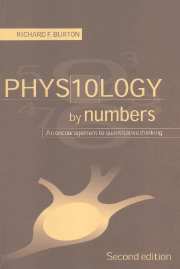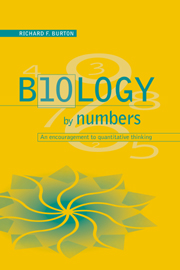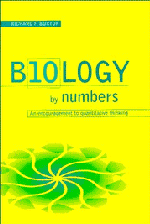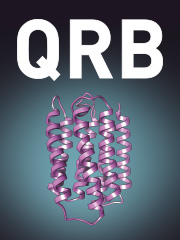Physiology by Numbers
Thinking quantitatively about physiology is something many students find difficult. However, it is fundamentally important to a proper understanding of many of the concepts involved. In this enlarged second edition of his popular textbook, Richard Burton gives the reader the opportunity to develop a feel for values such as ion concentrations, lung and fluid volumes, blood pressures etc. through the use of calculations which require little more than simple arithmetic for their solution. Much guidance is given on how to avoid errors and the usefulness of approximation and 'back-of-envelope sums'. Energy metabolism, nerve and muscle, blood and the cardiovascular system, respiration, renal function, body fluids and acid-base balance are all covered, making this book essential reading for students (and teachers) of physiology everywhere, both those who shy away from numbers and those who revel in them.
- Elegant and accessible; allows reader to absorb quantitative concepts quickly
- Uses simple arithmetic throughout; no prior study of advanced mathematics needed
- Answers to problems provided; invaluable to course teachers and students
Product details
April 2000Hardback
9780521772006
254 pages
236 × 156 × 19 mm
0.51kg
30 b/w illus. 8 tables
Available
Table of Contents
- Preface to the second edition
- Preface to the first edition: how to use this book
- 1. Introduction to physiological calculation: approximation and units
- 2. Quantifying the body: interrelationships amongst 'representative' or 'textbook' quantities
- 3. Energy and metabolism
- 4. The cardiovascular system
- 5. Respiration
- 6. Renal function
- 7. Body fluids
- 8. Acid-base balance
- 9. Nerve and muscle
- References
- Notes and answers
- Index.







